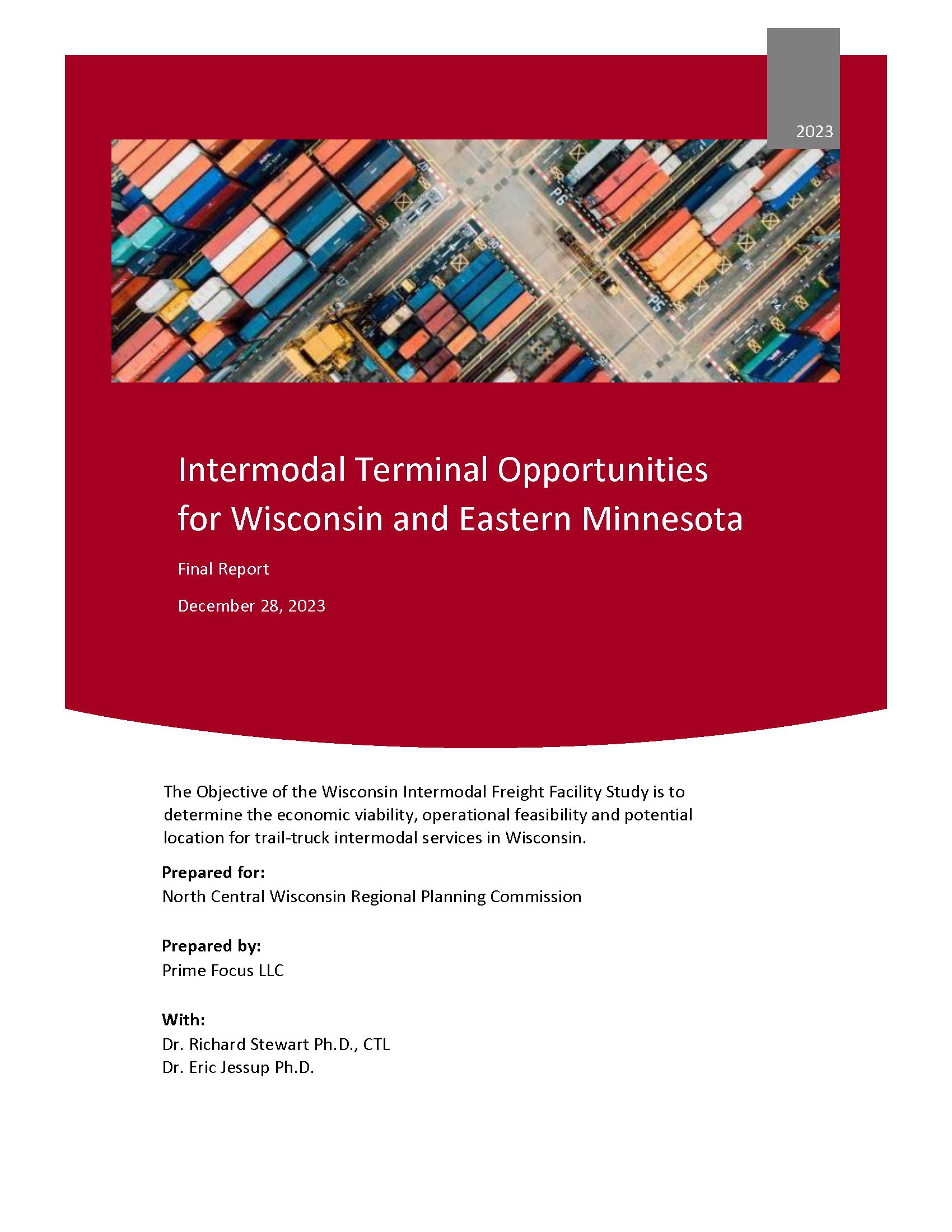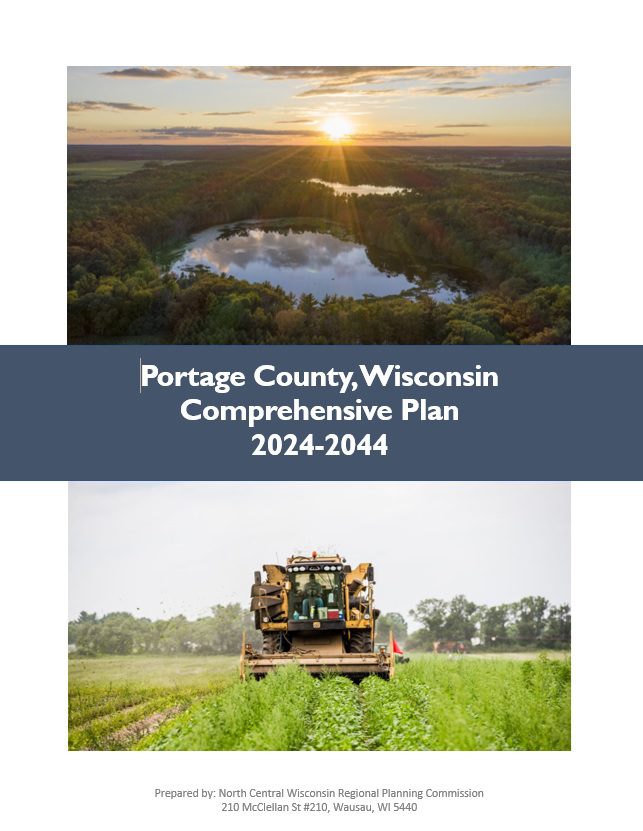The federal Disaster Mitigation Act of 2000 mandates that mitigation plans be accomplished for all incorporated units of government as well as Native American tribes and updated on a five-year cycle. Although Vilas County collaborated with the Lac du Flambeau Tribe on the development of a joint hazard mitigation plan in 2008, its 2013 plan is considered the County’s initial All Hazards Mitigation Plan (AHMP) by FEMA. This is the second update to the plan. The next subsequent update will be due in 2029. An approved mitigation plan is required for a jurisdiction to be eligible for certain federal mitigation funding following a disaster. In addition, if a major disaster strikes a jurisdiction without a current plan, FEMA will require the jurisdiction to complete a plan.





